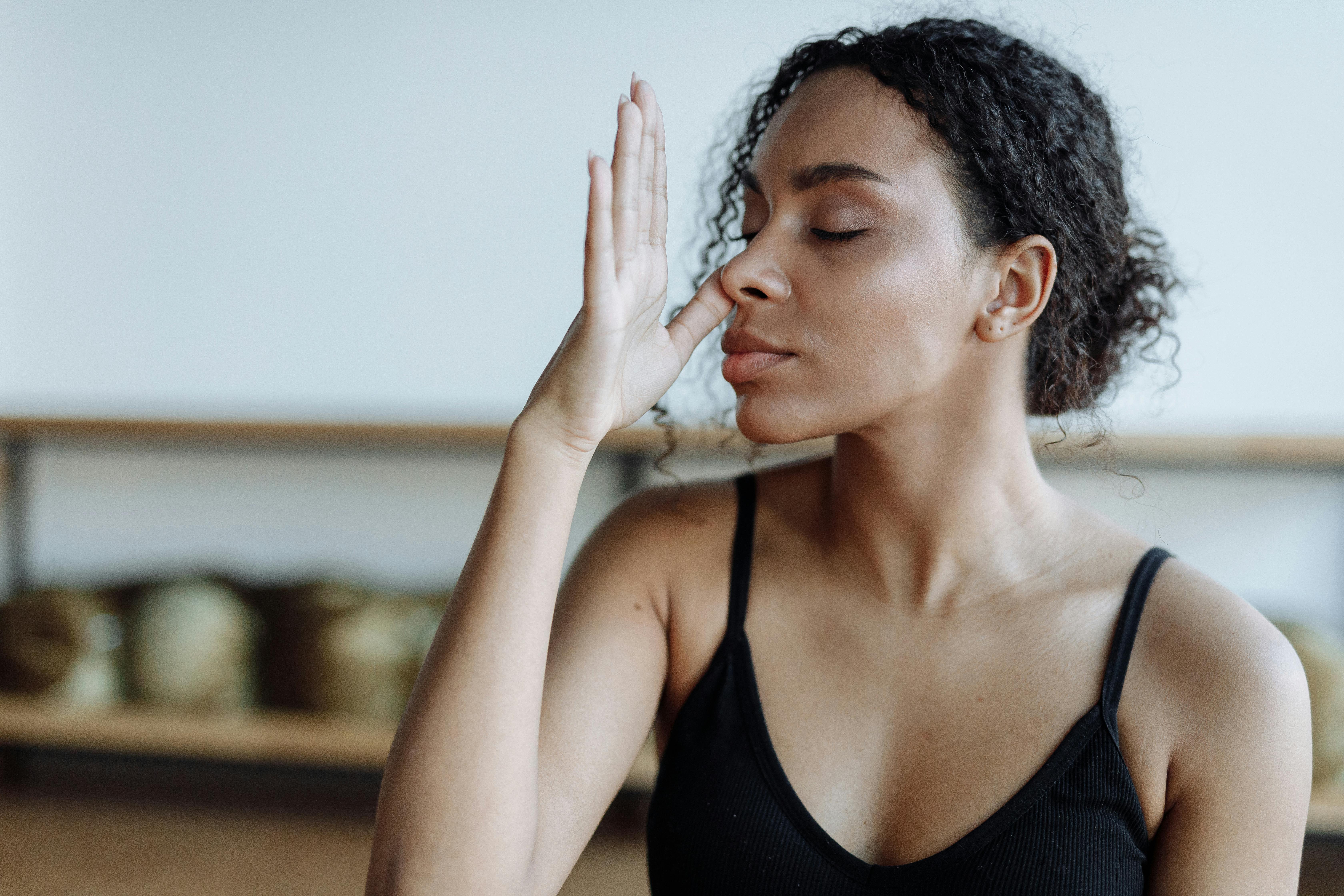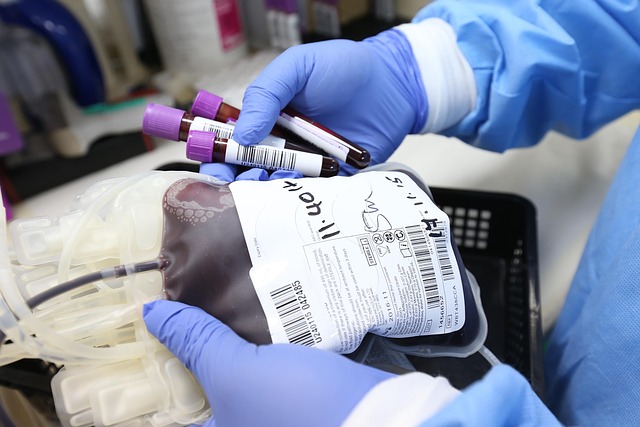Decoding the Benefits of Breathing Exercises: A Deep Dive into the Art of Mindful Respiration
Breathing. It's something we do unconsciously, roughly 20,000 times a day. But what if we told you that the way you breathe can massively impact your health and well-being? The art of mindful respiration is not a new-age fad but has deep roots in ancient practices and is now gaining traction in the realm of modern wellness.

The Emergence and Evolution of Breathing Exercises
Breathing exercises have a rich history, with roots in ancient cultures. Pranayama, a component of yoga, was developed over 2,000 years ago in India, focusing on controlling the breath to balance energy and enhance well-being. Fast forward to the 20th century, the Buteyko method, developed by Ukrainian doctor Konstantin Buteyko, aimed to treat respiratory conditions through specific breathing techniques. Today, conscious breathing is at the forefront of wellness, with a surge of interest in practices like Box Breathing, 4-7-8 breathing, and Wim Hof Method.
Breathing Exercises in Today’s Health Landscape
The recent focus on mental health and stress management has catapulted mindful respiration into the spotlight. A growing body of research supports its benefits, from reducing anxiety to improving cardiovascular health. Moreover, the global pandemic has intensified interest in respiratory health, making breathing exercises an accessible tool for enhancing lung function and overall well-being.
The Science Behind the Breath
What makes breathing exercises so powerful? It boils down to the autonomic nervous system (ANS), which controls unconscious bodily functions. The ANS has two branches: the sympathetic (fight or flight) and the parasympathetic (rest and digest). Breathing exercises are believed to activate the parasympathetic branch, promoting relaxation and stress reduction.
Studies also highlight the impact of deep, controlled breathing on heart rate variability (HRV), an indicator of stress and emotional resilience. A higher HRV is linked to better health and stress management. By altering our breathing pattern, we can potentially influence HRV and, in turn, improve our health and resilience.
The Benefits and Challenges of Conscious Respiration
Breathing exercises offer numerous benefits, from immediate effects like relaxation and focus to long-term improvements in respiratory and cardiovascular health. They are free, require no special equipment, and can be done anytime, anywhere.
However, they also come with challenges. It requires practice and patience to master these techniques and feel their benefits. Some individuals may also feel lightheaded or dizzy when first starting out. It’s always advisable to approach these practices mindfully and consult with a healthcare provider if any concerns arise.
Deep Breath: Practical Insights
- Start with a simple technique, such as Box Breathing: inhale for a count of 4, hold for 4, exhale for 4, hold for 4. Repeat.
- Consistency is key. Aim for a few minutes each day, gradually increasing as you feel comfortable.
- Use a guided app or video to help you get started.
- Observe how you feel before and after each session. This can provide valuable feedback and motivation.
In conclusion, the humble act of breathing holds potent potential for our health and well-being. As we navigate the stresses of the modern world, these ancient techniques offer a beacon of calm and control, reminding us that sometimes, the solution lies in a simple breath.




